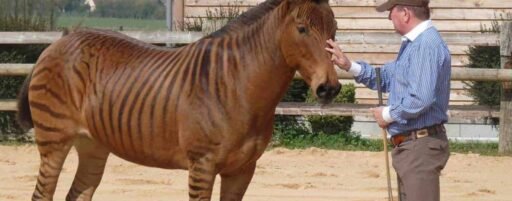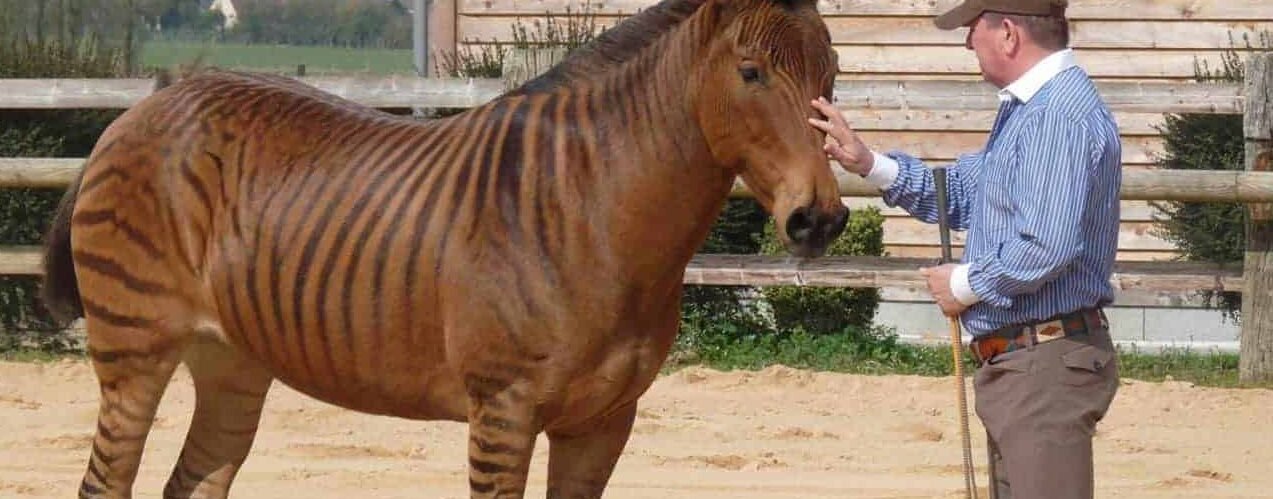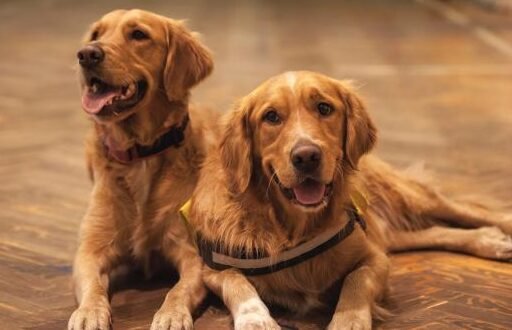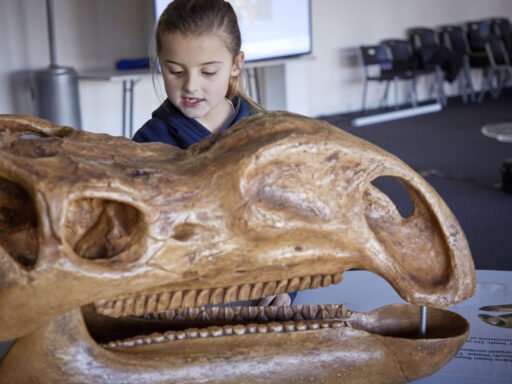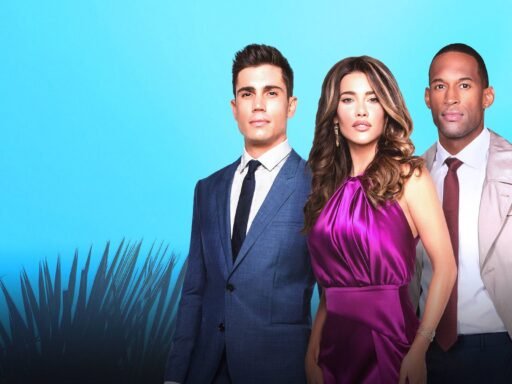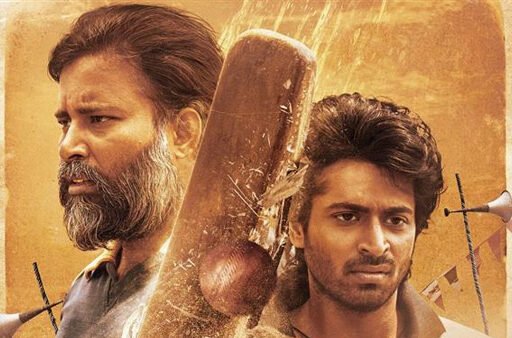- 1. What is a Zorse?
- 2. Physical Traits of the Zorse
- 3. Resistance to Diseases
- 4. Infertility in Zorses
- 5. Dwarfism in Zorses
- 6. Human Fascination with Hybrid Animals
- 7. Zebroid Types
- 8. Historical Context of Zorses
- 9. Zorse Temperament
- 10. Size and Strength
- 11. Zorses and Infertility
- 12. Comparison to Ligers
- Frequently Asked Questions About Zorse:
- Conclusion Of Zorse
- Don't Forget To Read:
Have you ever wondered what happens when a zebra and a horse get together? Say hello to the zorse- a phenomenal hybrid that merges the best of both animals into one attention-grabbing creature. Animal zorse is the body of a horse with the stripes of a zebra, so wherever it goes, it’s a novelty sight that heads turn to. But as if the sound of it were not interesting enough, this crossing between a zebra and a horse comes with some very interesting challenges, mainly reproductive and behavioral.
In this article, we will explain what a zorse is, what genetic complexities make it special, and what interests animal enthusiasts with this particular hybrid. Ready to go into an incredible world of the zorse? Let’s reveal the mystery of this rare animal and find out why it is so exclusive among its peers.
1. What is a Zorse?
A zorse is a hybrid animal, taking its origin from a zebra stallion and a horse mare. It is also classified under a broader category known as “zebroids,” meaning any hybrid animal that would have zebra ancestry in it. Though the idea of animal hybrids may be a bit out of the ordinary, man has been creating such combinations for several centuries, and one of the most successful and popular is the zorse.
2. Physical Traits of the Zorse

The reason is that a zorse takes after the characteristic features of both its parents, but most often, its physical appearance is always closer to its horse parent lineage. Commonly, a zorse animal bears the body shape, size, and coloring of its horse mother. But the influence of the zebra shows up in the distinctive black and white stripes which, in most cases, have smitten parts of the neck, legs, and rump of the zorse. These are far from the full-body stripes seen in a zebra but enough to give this equine its distinctive look, which can hardly be confused with any other horse breed.
Because of its hybrid origin, the given animal shows quite extreme variability in such characteristics as body size, muscle mass, and head shape, considering the breeds of both the mother. Some of them will have more dramatic striping, while others may just have subtle zebra-like markings.
3. Resistance to Diseases
Perhaps one of the most marked differences that exist between the zorse and its horse parent involves the feature of disease resistance, especially diseases common in Africa. This trait comes from its zebra ancestor, since over time, zebras have adapted to environments where insect-borne diseases such as sleeping sickness are part of an endemic condition. This resistance to diseases has made the zorse a very useful animal in certain parts of the world, particularly in Africa, where a long history of breeding zebras and horses for labor and transportation exists.
4. Infertility in Zorses
A zebra stallion and a horse mare crossbreed, producing hybrid animals usually smaller than their parents, and their infertility is a typical issue. This infertility is due to the difference in chromosomal numbers between horses and zebras. Horses have 64 chromosomes, while zebras have between 32 and 46 chromosomes, depending on the species. These unmatched chromosome counts inhibit the right pairing of chromosomes at reproduction, a necessity to get fertile offspring. This explains why the zorse is generally sterile and hence a rare or somewhat exclusive hybrid.
5. Dwarfism in Zorses
Another trait among zorses includes dwarfism, in which the hybrid offspring is smaller in size than either of the species in the parentage. Though some zorses do reach full size close to that of their horse parent, many do not. Generally speaking, they stand between 51 and 64 inches tall, whereas this is short for both zebras and horses. This would be due to the genetic complications that come from crossbreeding two separate species.
6. Human Fascination with Hybrid Animals

Humans have been long fascinated by creating hybrid animals. Yet, this cross-species breeding is not peculiar just to the zorse, as one can see by ligers-a lion and tiger’s offspring-mules, offspring of horse and donkey, and zedonks, a hybrid of a zebra and a donkey-are just a few of the hybrids created by man. This fascination with hybrids is not only for curiosity but also is seemingly powered by the urge to take the positive features of one breed and another and combine them into an animal much more useful for specific jobs or environments.
7. Zebroid Types
The zorse is but one type of zebroid, which is a class of hybrids including any animal with a zebra ancestor. Other examples include zedonks, zebra mules, and zonys. These are generally obtained through the breeding of a zebra stallion with another equine type. The zorse is one of the more common types of zebroids, though far from the only one. Each variety of zebroid presents a different set of characteristics and problems, one of which is infertility.
History of the Zorse.
8. Historical Context of Zorses
Creating zebroids is not really a new thing, for the hybrids have existed since at least the 19th century. Surprisingly enough, even Charles Darwin wrote about zebroids in his book “The Variation of Animals and Plants Under Domestication,” published in 1868. Darwin said that the most probable reason for the breeding of zebroids by African colonizers was because they acquired resistance to local diseases and became more viable for certain hard labor compared to horses.
9. Zorse Temperament
Yet, despite having horse ancestry, the zorse is less friendly and manageable as compared to domesticated horses. Zorses are more aloof, carrying the independent and sometimes belligerent nature of its zebra ancestors. This predisposition renders them a little more difficult to handle and train, especially for those accustomed with the gentler disposition of horses. But they could be ridden and used for certain works, provided they get proper training and patience, though they are not that reliable and easy going when compared to horses.
10. Size and Strength
While sizes vary, most of the zorses are much smaller in size compared to the zebras and horses. However, they tend to be strong and full of endurance, characteristics obtained from the two species. This, in addition to their resistance to diseases and agility, renders them suitable for certain types of work, especially in regions where conditions are harsh, and diseases are a major threat to livestock.
11. Zorses and Infertility
Infertility is common among hybrid animals, as the genetic differences in two different parent species prevent the correct development of reproductive cells. As mentioned earlier, zorses are generally infertile. Yet, apparently, it does not stop people from constantly breeding zebras with horses, because the hybrids tend to be highly valued for their special traits and abilities.
12. Comparison to Ligers
It is important to note, however, that not all hybrid animals are subject to the same regulations about their size and fertility. Whereas ligers, for example, a lion and tiger-grow are much larger than either of the parent species, on average, zorses tend to be even smaller than both zebras and horses. Differences between the two are thus a reminder that in hybrid animals, anything is possible depending on the species hybridizing and genetic factors involved.
Frequently Asked Questions About Zorse:
Are Zorses Real?
Yes, zorses are real animals. They are hybrid creatures created by the mating of a zebra stallion with a horse mare. While they are not commonly seen, zorses exist and form part of a wider class of hybrids called zebroids. Other zebra hybrids include zedonks, which is a cross between a zebra and a donkey, and zebra mules.
Can Zorses Reproduce?
No, zorses are not able to reproduce. Like many hybrids, they are usually infertile because of the difference in chromosome numbers between zebras and horses. Horses have 64 chromosomes while zebras have 32-46 chromosomes, depending on the species. This mismatch in chromosomes impairs pairing during reproduction; thus, zorses can’t produce viable offspring.
What Does Zorse Mean?
The word zorse itself is a portmanteau of the words “zebra” and “horse,” an etymology that reflects its hybrid nature. It refers to the offspring of a male zebra and a female horse. The physical and behavioral features inherited from both parent species make this hybrid animal look rather like a horse in body shape but possessing zebra-like stripes.
When Was the Zorse Discovered?
While the actual date of the discovery of this animal is not precisely documented, from a historical point of view, such hybrids as zorses have been known since at least the 19th century. Charles Darwin mentioned the zebroid in his 1868 book, “The Variation of Animals and Plants Under Domestication.” Humans probably bred the zorse for many centuries with the main regions being in Africa due to their resistance to local diseases and special features.
Conclusion Of Zorse
- Another unique and interesting example is the cross-breeding of two species: the zorse. Basically, a mix between a zebra and horse, it retains the muscularity of the horse for endurance but combines that muscular feature with the disease resistance and striped pattern of the zebra.
- Tending to be infertile, sometimes difficult to train, and carrying unique traits, the zorses have remained an interest to scientists, animal breeders, and enthusiasts alike.
- Whether it is the striking appearance of a zorse that intrigues one or its hybrid nature, it displays a part of how nature and science together can come up with incredible possibilities.
Don’t Forget To Read:
What Dinosaur Has 500 Teeth Joke, Let’s Find Out
Low Taper Fade: A Game-Changer for Every Hair Type and Style


